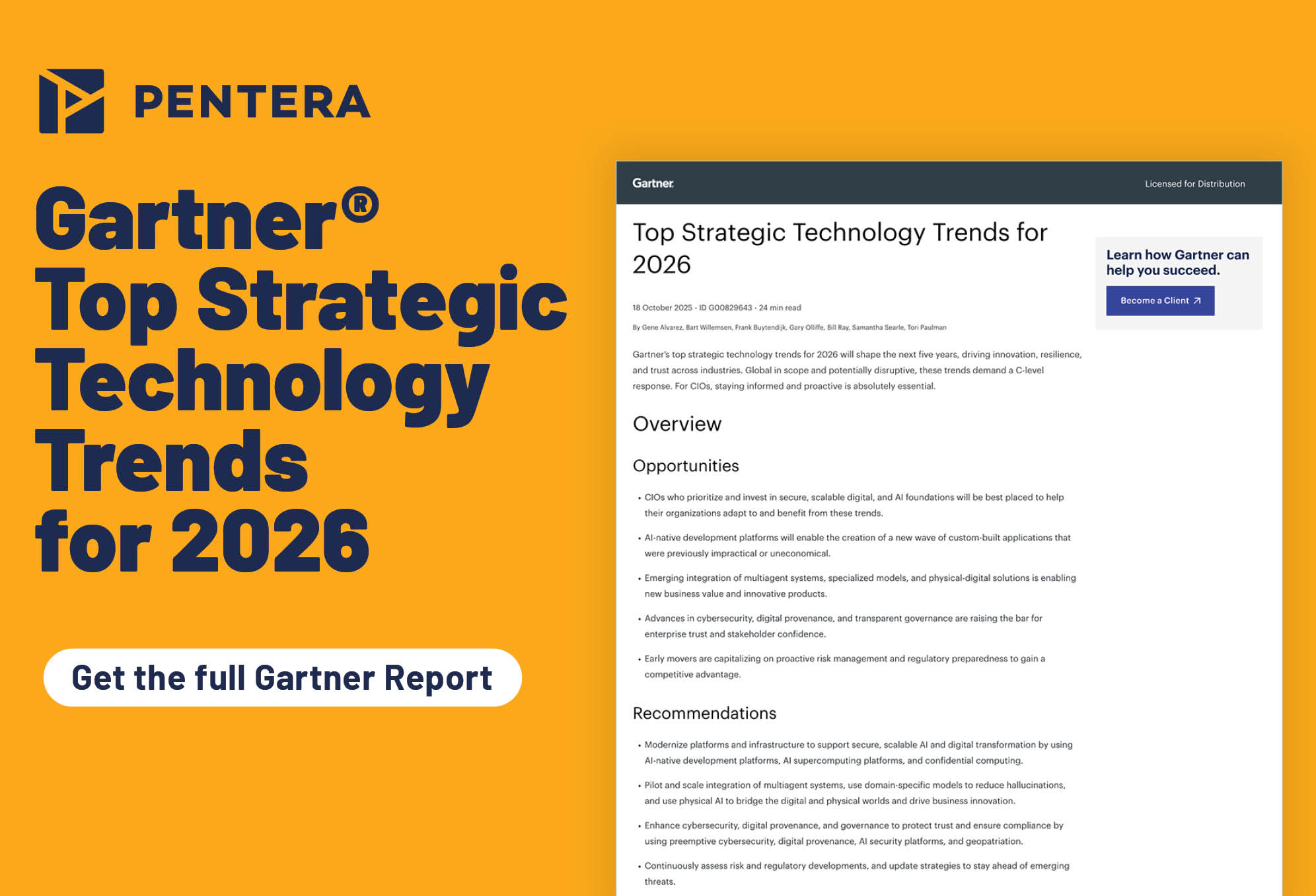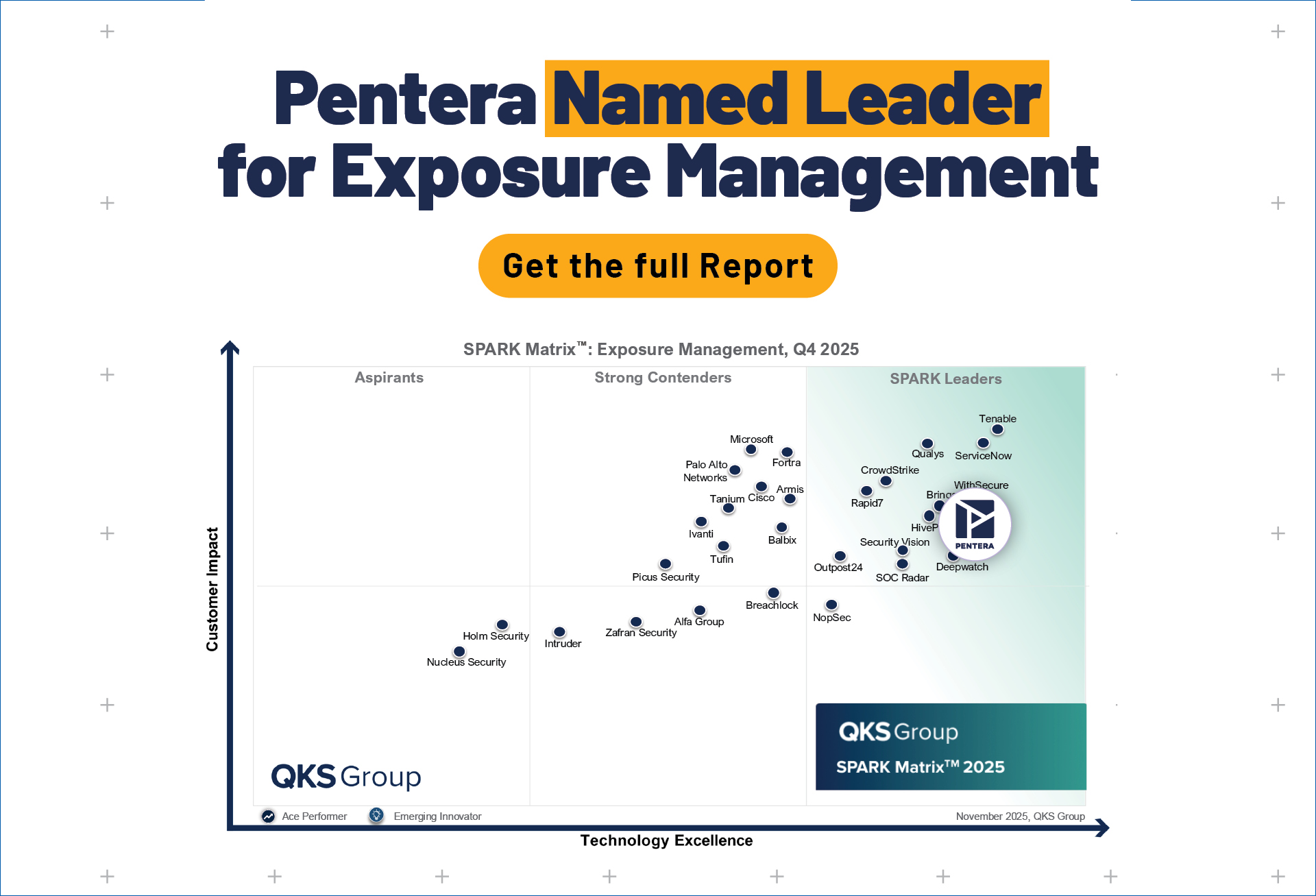What is Continuous Threat Exposure Management (CTEM)?
Continuous Threat Exposure Management (CTEM) allows for proactive identification and mitigation of vulnerabilities in real-time. Learn more about Exposure Management and how CTEM enhances organizational resilience.
Continuous Threat Exposure Management, is a proactive security framework/program in which organizations continuously monitor, evaluate, and actively mitigate security risks across their IT infrastructure. The overarching objective of CTEM is to maintain an adaptive cybersecurity posture, empowering organizations to actively and manage their cyber exposure by prioritizing risk mitigation strategies.
Why is Continuous Threat Exposure Management important?
Continuous Threat Exposure Management is essential to a strong security posture in an evolving threat landscape. As cyber-attacks grow in numbers and sophistication, the risk associated with vulnerabilities grows more substantial, so organizations need to be adaptive in addressing them.
Technologies like vulnerability management tools can help identify vulnerabilities with CVSS (Common Vulnerability Scoring System) scores, but they cannot cover all risks. While they provide better protection by combining security tools like scanners, threat intelligence, and remediation workflows, they often miss critical issues which are frequently exploited, such as misconfigurations, identity problems, and Active Directory vulnerabilities. Despite advancements, organizations still struggle to manage the full scope of risks effectively, and this is what makes CTEM so important.
By embracing CTEM, organizations can fully manage their cyber exposure by identifying and assessing the risk of vulnerabilities and threats that compromise their exploitable attack surface. Subsequently, they can prioritize remediations based on true business impact to ensure sensitive digital assets are protected at all times.
What are the five stages of Continuous Threat Exposure Management?
The five stages of Continuous Threat Exposure Management are as follows:
- Scoping: The organization defines the scope of its CTEM process, determining vital assets and environments that must be assessed and protected. With the input of both stakeholders and management, they establish clear goals for CTEM actions.
- Discovery: The organization seeks to identify, and assess all assets and their risk profiles to determine overall exposure.
- Prioritization: Identified threats are thoroughly assessed and prioritized. Rather than prioritizing exposures according to predefined severity scores, a range of variables are taken into account, including exploitability, existing security controls, mitigation plans, and the real impact to the organization.
- Validation: Security teams engage in controlled stress-tests through red teaming and penetration testing to validate how attackers might exploit identified exposure and how existing security controls react. Suggested remediation measures are also verified.
- Mobilization: Informed by the findings of prior stages, security teams systematically implement remediation measures to mitigate identified threats and vulnerabilities. This requires a concert cross-team effort to streamline approvals, apply patches, update configurations, implement new controls, and conduct employee security training.
CTEM is a cyclical approach, so the process begins anew each time the cycle is completed. In this way, organizations can see the attack surface and enhance security posture by identifying and addressing problematic areas. The ability to recognize exposures and their potential exploitation is crucial for gaining a true attacker’s perspective.
What are the benefits and challenges of Continuous Threat Exposure Management?
The benefits of Continuous Threat Exposure Management include the following:
- Augmented cyber resilience: Through the continuous assessing and upscaling of defenses, CTEM empowers organization to improve their cyber resilience through iterative refinements.
- Proactive risk management: By facilitating the proactive handling of threats and vulnerabilities, CTEM enables organizations to transition away from reactive security and take the initiative in safeguarding their assets.
- Prioritized threats: Embracing CTEM enables organization to prioritize threats according to their real business impact. This allows for faster responses to critical risks and more efficient resource allocation.
- Aligned security and business objectives: By creating alignment between business goals and cybersecurity best practices, CTEM ensures that security fully supports and empowers business success.
What are some best practices for implementing Continuous Threat Exposure Management?
There are several best practices for implementing CTEM.
Firstly, organizations should establish clear objectives for CTEM that align with the organization’s business objectives. This will ensure that security teams can prioritize the assets with the highest impact on the organization’s operations.
Secondly, when monitoring a high volume of threats as part of a CTEM strategy, organizations should seek to manage noise through prioritization. Since not all exposures necessarily require remediation, because they’re not leading to assets that have any exploitable value, security teams should seek to leverage automated security solutions to prioritize threats that pose a risk to critical assets from non-pressing exposures.
Additionally, organizations should seek to foster collaboration between teams, stakeholders, and third parties. This helps ensure that CTEM strategies are implemented holistically and align with the long- and short-term goals of the organization.
Fostering resilience with Continuous Threat Exposure Management
In a constantly evolving threat landscape, organizations must strive to remain as adaptive and responsive as possible. CTEM is a proactive cybersecurity framework that can enable them to do that by continuously identifying, assessing, and mitigating security risks in real time. By implementing the principles and practices of CTEM, organizations can effectively prioritize and remediate threats to safeguard their critical assets, enhance their threat resilience, and strengthen their overall security posture.
What are the key elements in CTEM?
Many elements comprise CTEM as a security approach. Fundamental elements include real-time network monitoring and exposure detection, proactive risk management, prioritized remediation and mitigation, and continuous improvement.
How does CTEM differ from traditional cybersecurity approaches?
CTEM differs from traditional cybersecurity approaches in its proactive and cyclical nature. Rather than utilizing periodic assessments and reactive security measures, CTEM emphasizes continuous monitoring, detection, assessment, and management of threats to enhance agility.
How does CTEM help improve cybersecurity posture?
CTEM helps improve cybersecurity posture by providing organizations with a method for achieving greater threat visibility, quicker incident response, and more comprehensive risk management. As such, CTEM can play a major role in reducing the likelihood and impact of possible attacks.
How to start with CTEM?
In its approach to CTEM, an organization should begin with an overall assessment of security capabilities and potential areas for improvement. It should then set clear CTEM objectives that align with its business objectives and create a roadmap for the implementation of CTEM principles and the allocation of resources.
Manage continuous threat exposure.
Continuously identify and address security threats.


